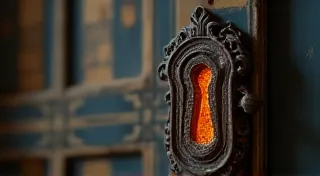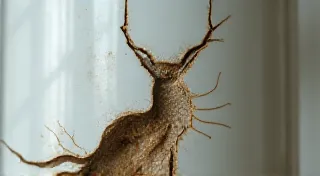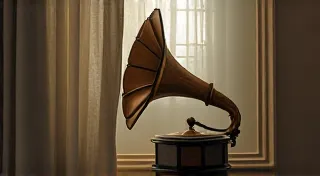Ephemeral Portraits: Hairstyles of the Roaring Twenties and their Defining Combs
There's a certain melancholy beauty in holding a vintage hair comb. It's not merely an accessory; it’s a tiny, tangible echo of a vanished era, a whisper of laughter and jazz music, of flapper dresses and daring freedom. The combs I collect aren't just objects; they are fragments of portraits, hinting at the women who wore them, the hairstyles they complemented, and the spirit of a decade that redefined femininity.
The 1920s, often referred to as the Roaring Twenties, was a time of dramatic social and cultural change. After the constraints of Victorian and Edwardian eras, women embraced new freedoms – the right to vote, shorter hemlines, and most strikingly, drastically altered hairstyles. The long, elaborate updos of previous generations gave way to the bob, a radical, chin-length cut that symbolized modernity and independence. And with this revolution in hairstyle came an equally dramatic evolution in the accessories that adorned it – particularly, the hair comb.
Before the 1920s, hair combs were largely functional, often made of tortoise shell or horn, intended to simply hold hair in place. While beautiful, they were often restrained in design. The explosion of style in the twenties demanded more. Suddenly, combs became jewels, miniature works of art designed to accentuate the sleek lines of the bob and the Marcel wave. They moved beyond utility and became integral components of a carefully curated aesthetic.
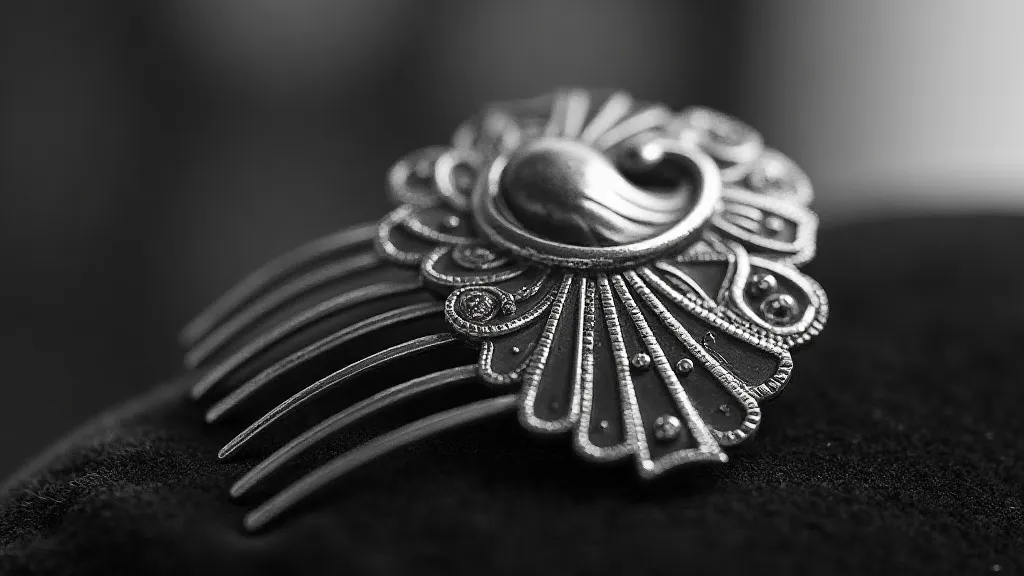
The Bob and the Rise of Geometric Design
The iconic bob itself shaped the design of hair combs. The clean, geometric lines of the haircut resonated with the broader Art Deco movement that dominated the era's aesthetic. Combs mirrored this trend, showcasing sharp angles, stepped patterns, and stylized floral or animal motifs. Think of streamlined depictions of peacocks, sleek representations of lilies, or geometric abstractions of fans – these were the hallmarks of 1920s comb design.
It wasn't just about the shape; materials also played a critical role. Tortoise shell remained popular, but was increasingly augmented (and sometimes replaced) with materials like silver, marcasite, rhinestones, and enamel. These embellishments added sparkle and a sense of luxury to the already fashionable bob. Finding a piece that combines several of these elements – a silver base with enamel accents and a scattering of marcasite – is a collector’s dream, a tiny testament to the opulent spirit of the decade.
I remember once finding a small, silver comb at a flea market, tucked away in a box of costume jewelry. It was unassuming, almost hidden. But the moment I brushed away the dust, I saw the intricate filigree work, the tiny marcasite stones catching the light. It transported me instantly to a smoky jazz club, imagining a young woman, laughing with friends, her bob perfectly coiffed, that very comb nestled within her hair.
The Marcel Wave and Elaborate Comb Placement
As the decade progressed, hairstyles became even more elaborate. The Marcel wave, a series of soft, undulating curls created with heated curling irons, became increasingly fashionable. This new style offered even more opportunities for comb placement. Combs were no longer simply used to hold the hair back; they were strategically placed to highlight the waves, creating a sense of movement and glamour. Multiple combs, sometimes several inches long, were frequently used, arranged along the parting or framing the face.
This complexity naturally influenced comb design. Longer, more elaborate combs became popular, often featuring intricate carvings or multiple decorative elements. These pieces were not just accessories; they were statements. They spoke of confidence, sophistication, and a willingness to embrace the new era.
Materials and Craftsmanship: A Closer Look
Examining vintage hair combs reveals a remarkable level of craftsmanship. The skill required to meticulously carve tortoise shell, set delicate marcasite stones, or create intricate enamel designs is truly impressive. Many of these combs were handmade, often by artisans specializing in jewelry or small decorative objects. The attention to detail is evident in every aspect of their creation – from the precise carving of the comb's teeth to the carefully placed embellishments.
Identifying the materials used in a vintage comb can also offer clues to its age and origin. Early combs were often made of genuine tortoise shell, a material prized for its beauty and durability. However, as tortoise shell became increasingly scarce and expensive, it was often imitated using other materials, such as casein or Bakelite. Identifying these imitations can be challenging, but it's a key skill for serious collectors. The scent, if any remains, can sometimes be a surprisingly helpful indicator - genuine tortoise shell has a distinctive, almost earthy aroma.

Beyond the Sparkle: The Stories They Tell
Collecting vintage hair combs isn't just about acquiring beautiful objects; it’s about connecting with the past. Each comb holds a story, a silent narrative of the woman who wore it, the events she attended, the era she embraced. Thinking about the hands that crafted these tiny treasures, the lives they touched, adds another layer of appreciation.
Restoration can be tricky. Avoid harsh chemicals – gentle cleaning with a soft cloth is often the best approach. Focus on preserving the original condition of the comb, rather than attempting to "perfect" it. A little patina, a few minor imperfections, only add to its character and charm.
I often wonder about the women who once wore the combs I’ve collected. Were they flappers, dancing the Charleston until dawn? Were they socialites, attending lavish parties? Or were they simply ordinary women, embracing the freedom and excitement of a new era? Their stories may be lost to time, but their echoes remain, captured in these tiny, exquisite objects.
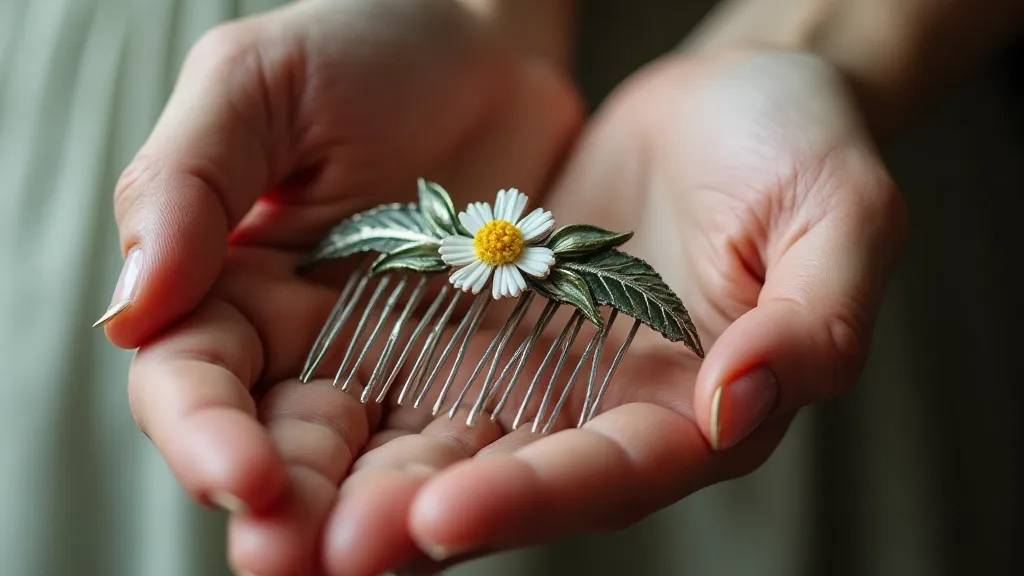
Preserving a Legacy
The vintage hair comb, a seemingly small detail, provides a powerful glimpse into the Roaring Twenties. It’s a tangible link to a pivotal moment in history, a testament to the enduring power of style and self-expression. By collecting and preserving these delicate objects, we not only appreciate their beauty, but also honor the women who wore them, and the spirit of a decade that dared to be different.
